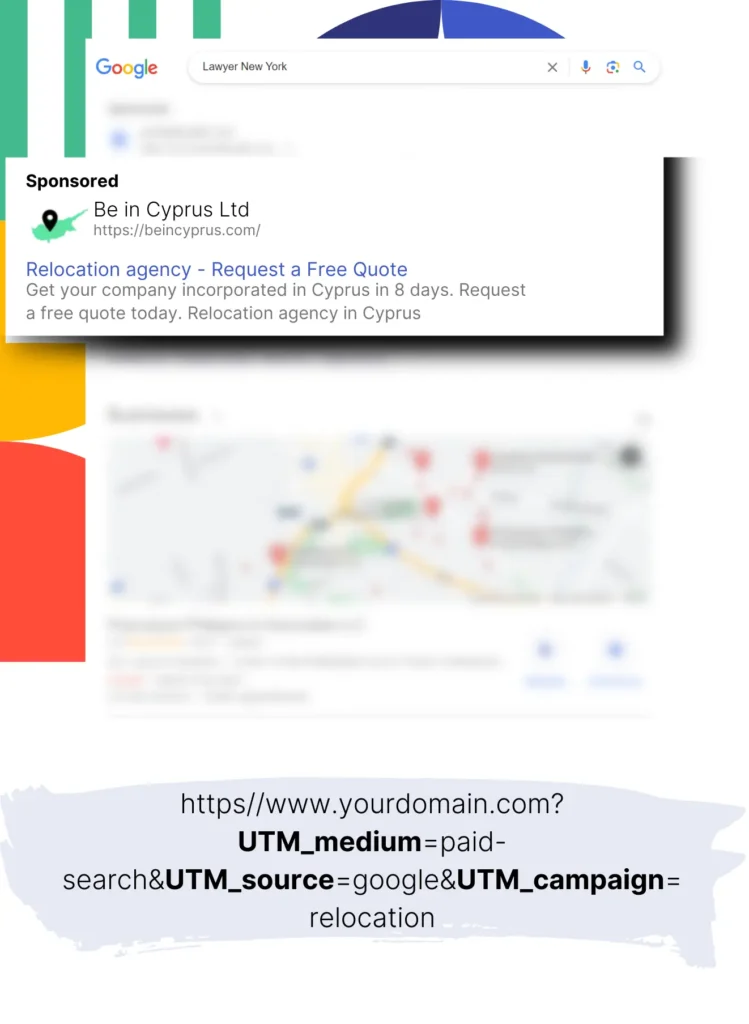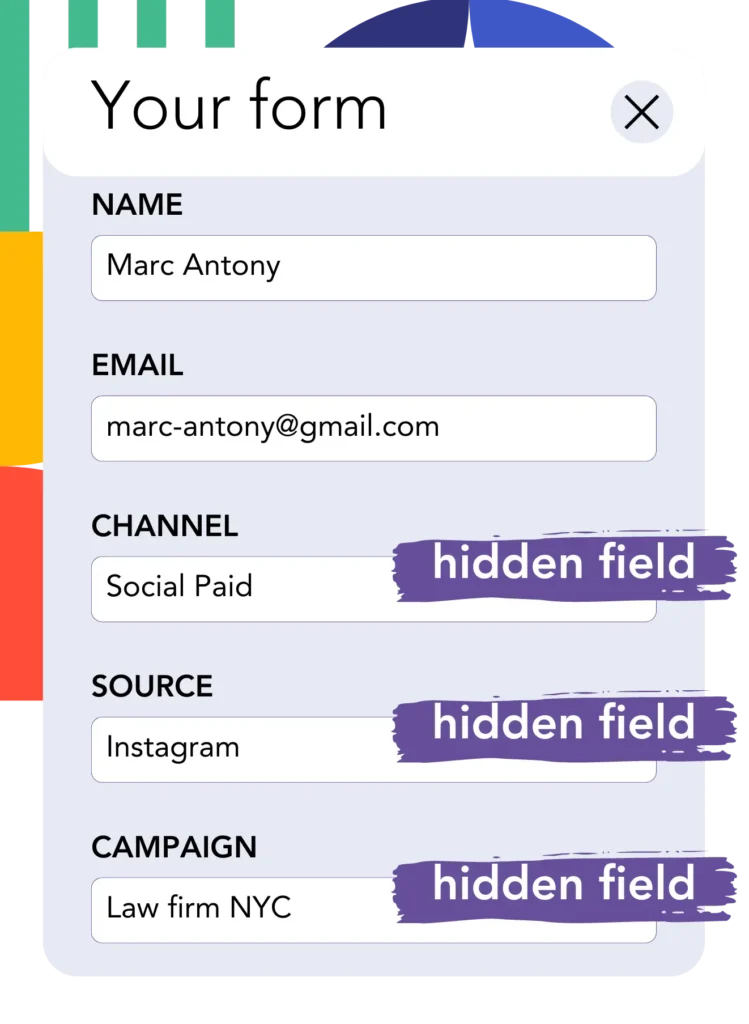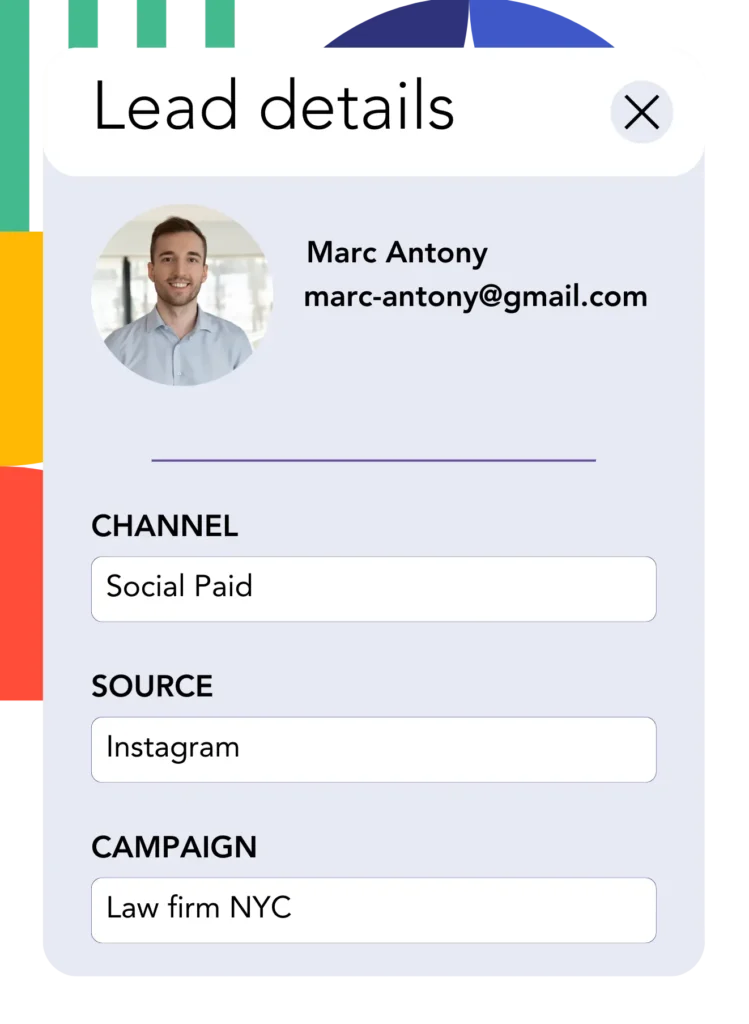Is it unclear to you which Google Ads campaigns are producing your leads?
This issue is well known. Google Ads indicates how many leads each campaign, ad, or keyword produces, but offers no lead specific details.
This means you can’t ascertain which campaign, ad, or keyword brought in the leads that turned into customers.
Leadsources effectively tackles this problem.
Using Leadsources, you can now track your Google Ads data (campaign, ad, keyword, etc.) at the lead level.
By integrating your leads with Keap, you can access Google Ads data (campaign, ad, keyword, etc.) for those who converted into clients.
You can create reports like: Keywords that yielded the most clients… and make decisions on promoting or canceling specific keywords.
Let’s jump in!
Capture Google Ads lead data in Keap in 4 steps
Step 1: Add Leadsources in the head tag of your website

Sign up to Leadsources.io, and benefit from our 14-day free trial.
Place the Leadsources code in the head tag of your site. No coding knowledge required.
Simply follow this easy step-by-step guide.
Step 2: Add the UTM parameters to your Google Ads campaigns

Apply the UTM parameters you want to track to all your Google Ads campaigns.
Some UTM parameters to consider for your ad include:
- UTM_source
- UTM_campaign
- UTM_term
- UTM_content
In addition to UTM parameters, Leadsources tracks extra data such as the channel, landing page, and subfolder, offering a complete perspective at the lead level.
Step 3: Add the hidden fields to your form

Leadsources auto-fills hidden fields with Google Ads data (campaign, ad, keyword, landing page, etc.) when visitors complete your form (name, email, etc.).
Add hidden fields to your form to save UTM parameters. Our step-by-step guides cover all form builders, and you won’t need coding skills.
Step 4: Track the Google Ads data in Keap

After a visitor clicks on your Google Ads ad and visits your page, Leadsources gathers the Google Ads data (campaign, ad, keyword, landing page, etc.).
Google Ads data is then added to the hidden fields of your form by Leadsources.
Once the form is submitted, Google Ads data and the form responses can be sent to Keap. Ensure your form is connected to Keap to enable this.
How does Leadsources work?
Adding the Leadsources code to the head section of your website allows it to read and capture Google Ads data (UTM parameters and referrer) on each visit.
It then places the Google Ads information into the hidden fields of your form.
When a visitor visits your site without UTM parameters in the URL, Leadsources will still capture their data through the referrer:
- Channel
- Source
- Campaign
- Landing page
- Landing page subfolder
With this method, you can still observe vital lead source information even if UTM parameters are absent, including:
- On Google Search
- On your Instagram bio link
- On your social media posts
- Etc.
Although most tools use UTM parameters to monitor lead sources, Leadsources lets you track lead data for channels that don’t employ UTM parameters:
- Organic Search
- Paid Search
- Organic Social
- Paid Social
- Referral
- Affiliate
- Display Advertising
- Direct Traffic
You can centralize accurate lead source data into one location with this.
How to run performance reports
Once your Google Ads data is logged in Keap, you can generate performance reports such as:
- Leads per channel
- Revenue per channel
- Revenue per keyword
- Etc.
This helps you to strategically manage your marketing expenditures.
Let’s take a look at the different reports you can build.
Lead performance reports
You can produce reports illustrating the lead count generated by:
- Channel
- Source
- Campaign
- Landing page
- Landing page subfolder
Example #1
For campaigns across multiple channels (SEO, PPC, email, etc.), you can create a report named “Leads by Channel” by exporting the data.

Example #2
Once you identify which channel generates the most leads (e.g., Google Ads), you can explore this channel to see the lead count for each individual ad campaign.

Example #3
Once you’ve determined the campaign that produces the most leads, you can dig deeper to see which specific keywords are contributing to these results.

Sales performance report
Discovering which ads and keywords bring in the highest number of leads is useful, but do they translate into increased revenue?
By transferring your form submissions to Keap, you can develop detailed sales performance reports.
Example:
| Channels | Search Paid | Social Paid |
| Leads | 50 | 75 |
| Sales | 5 | 6 |
| Average order value | $150 | $100 |
| Revenue | $750 | $600 |
Your analysis of Google and Facebook ads revealed that Social Paid ads generated more leads than Search Paid ads.
Over the course of several weeks, you discover that the Search Paid channel resulted in more revenue with fewer leads compared to the Social Paid channel. This informs your decision to allocate more budget to Search Paid campaigns.
LeadSources tracks the source of each lead in Keap, whether they come from ads, organic search, social, email, etc. and syncs that data with each submission. See the full breakdown on the lead source in Keap page.

